Installing a gazebo in a private area is not always advisable, sometimes there is not enough money for this, and sometimes there is not enough skill. However, it is desirable to have a place where you can enjoy your time outdoors, while having reliable protection from wind, sun and precipitation. A relaxation tent meets all of these criteria. The work on its construction is not difficult, but certain nuances still need to be taken into account.
Construction device, functions, advantages
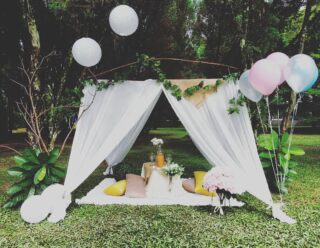
A tent is a collapsible temporary structure in the form of a dome of one form or another.
The structure includes the following details:
- Frame. It is made from a professional pipe, a bar or a special metal profile. As a rule, fasteners are carried out on bolts and screws.
- Cloth canopy. The awning covers the frame. There are openings for entrance, ventilation, lighting. The possibility of lifting one or all parts of the canopy is provided.
- Mosquito net. The fabric covers the frame in whole or in part at the entrance.
The task of the tent in the country is to provide protection from the sun, wind, precipitation and insects. The facility can be used as a dwelling, a kitchen, a dining room, a playground for children, a place for recreation. Swings are installed in it and even an inflatable pool where a child can swim.
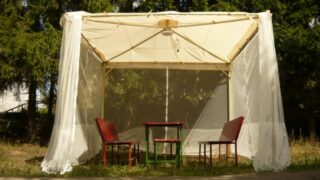
The decision to create a tent with your own hands has the following advantages:
- small financial investments;
- ease of construction, available even for beginners;
- mobility of the structure, you can repeatedly change the installation location;
- no need to equip the foundation, no earthworks;
- compactness - little storage space is required;
- excellent protection against external factors with minimal material consumption;
- maintainability of damages of any level of complexity.
Given the many advantages of tents, an increasing number of property owners want these structures in their garden plots.
Types of tents
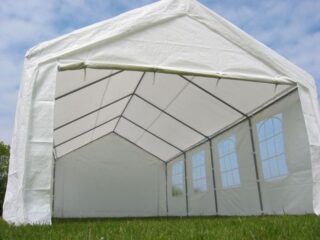
When deciding on a building, different design options should be considered.
- Foldable. They are distinguished by their small size and articulated joints. Designed for occasional use when planning any outdoor activities.
- Gazebos. More massive structure. Has blank walls, can be equipped with windows, mosquito nets, ventilation hoods. The connections are bolted, therefore the structure is erected for a long time, sometimes not only for the summer, but also with the capture of the winter period.
- Tourist. They are characterized by small dimensions, the use of materials of increased strength and low weight. Complete with stretchers, nets and other hiking accessories.
- Pavilion. Large facilities designed to accommodate a large number of people. The walls are separate, if necessary, rise, fall all or separately.
The best solution for a garden is considered to be gazebo structures. They are lightweight, inexpensive, can take the form of a light canopy and completely enclosed space.
Advantages of a tent over a gazebo
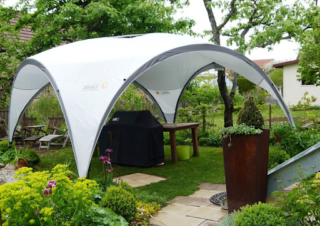
Traditionally, a gazebo is considered a must-have accessory for your own site. Its construction is not an easy task, it requires considerable financial investments, physical efforts and a lot of time. However, opting for a tent is far preferable in many ways.
Advantages over the gazebo:
- The price is an order of magnitude lower. No foundation costs and no strong support structures.
- Easy to install. Even an unprepared person can handle the process.
- Fast assembly. If you think carefully about the docking points, the assembly will take only a few minutes.
- Mobility. The gazebo is installed forever, and the covered shed can be placed anywhere, changing its location several times per season.
If necessary, the tent can be modernized in accordance with the emerging needs to make partitions, hang a hammock, attach a banner, change the coverlet according to the weather and season.
Preparing to build a tent
There are no special installation requirements. You need to find a place where there will be no dampness and sources of open fire. In addition, it is necessary to determine where the canopy will look organically, blending well with the surrounding landscape. It should be provided that the structure does not interfere with the passage of people and the passage of vehicles. The best option is to place it in the center of the lawn. After choosing a location, you can proceed to the design stage.
The choice of materials for the frame and awning
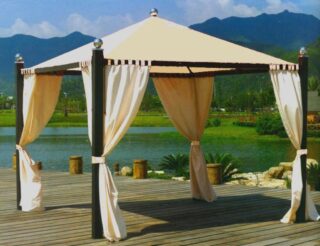
The frame is the basis for attaching the awning. The stability and durability of the entire structure depends on its quality.
There are such options for choosing a material for the skeleton:
- Aluminum. Non-ferrous metal has sufficient strength, corrosion resistance, but pipes are quite expensive.
- Iron. The profile steel frame is stronger and more reliable. However, it is heavier and requires constant protection from rust.
- Fiberglass. The plastic frame is durable and corrosion resistant at a relatively low cost. But the profiles are flexible, with strong gusts of wind, the structure will noticeably deform.
- Wood. Raw materials are easy to process, but prone to decay, the development of fungus, mold, insect damage.
For an awning, it is better to dwell on synthetic fabrics. It is advisable to take opaque materials that have a water-repellent effect and resistance to ultraviolet radiation.
The best option is considered to be a PVC canvas in a deaf and translucent design. The material is economical; it is not difficult to sew a cover from it. The canopy protects against bad weather as much as possible. The side parts in clear weather, if desired, rise, turning the gazebo into an open awning, and the top is painted or transparent. Such garden shelters are good at resisting the effects of rainfall and protecting from the sun's rays. It is a pleasure to rest in them.
Tools for the job
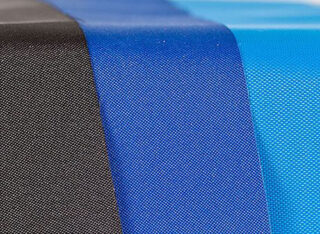
To make a tent with your own hands for outdoor recreation, you will need:
- awning fabric;
- core profiles;
- connecting hardware;
- durable synthetic threads;
- ropes for adjusting the canvases;
- long zippers;
- devices for arranging the site;
- pins for construction anchors;
- stretch markers.
Instruments:
- level;
- roulette;
- drill;
- screwdriver;
- sledgehammer;
- square;
- sewing machine;
- ladder.
In order not to get injured, you need to work with goggles and gloves.
Step-by-step instructions for building a summer cottage with a mosquito net
The construction of a tent can be carried out at any time of the year, but it is better to do this in warm calm weather. The event is simple, but it must be carried out in a certain sequence, without missing out on any trifles. In addition to the estimate, a plan should be drawn up, which will indicate a detailed procedure for performing all actions.
Sizing and drawing
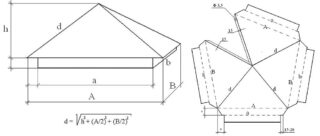
Structures differ in shape with the number of corners from four to eight. The more sides there are, the more original the object looks.Slopes are either rounded or broken. Sloping structures have better aerodynamics, and there is more free space inside buildings with smooth walls.
The size is determined by the purpose of the use of the structure. On average, one person needs 1.5 m² of area. If, in addition to the table and chairs, there are other objects under the canopy, their dimensions are added.
The following data should be displayed in the drawings:
- bottom strapping;
- vertical racks;
- roof;
- partitions;
- fragments of the awning;
- window slots;
- mechanisms for lifting, opening and fixing tissue;
- stretch marks and the method of their attachment.
After checking the calculations, you can proceed to the practical phase.
Preparation of the base
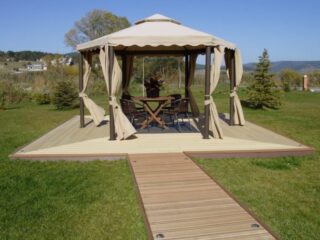
In any case, the earth is wet in spring and after rain. This is an objectivity that cannot be eliminated, but it is quite possible to minimize the impact. To do this, you can lay out the site with concrete slabs, pallets, or simply fill it with rubble and sand, creating a small elevation.
To prevent a light structure from being overturned by the wind, it must be securely attached to the ground. Better to do it from above and below. Fasten the lower harness with clamps or bolts to the stakes driven into the ground, and fix the top with at least four braces. If possible, tie the ropes to posts, fences or trees so that they do not interfere with people walking near the tent.








